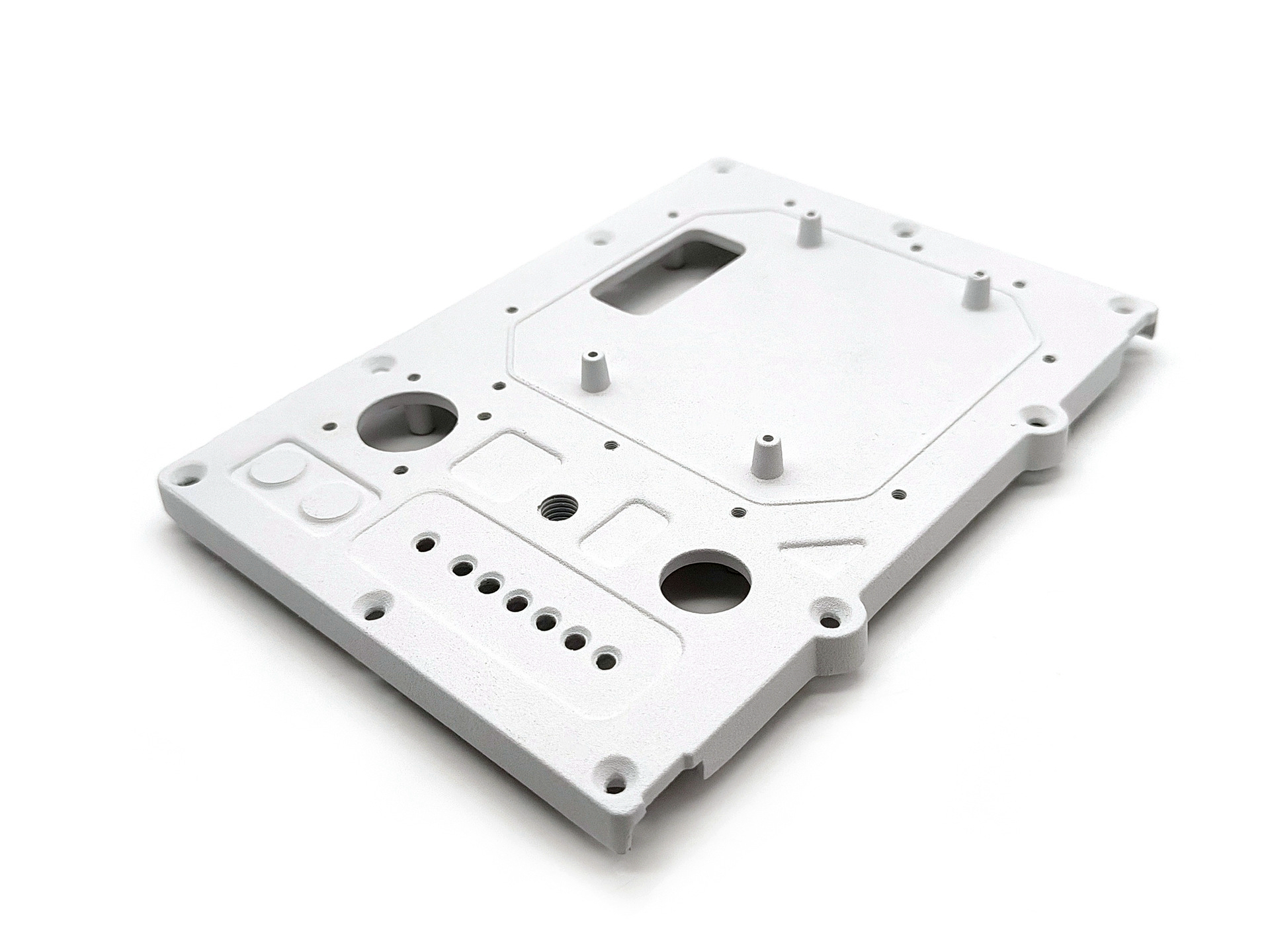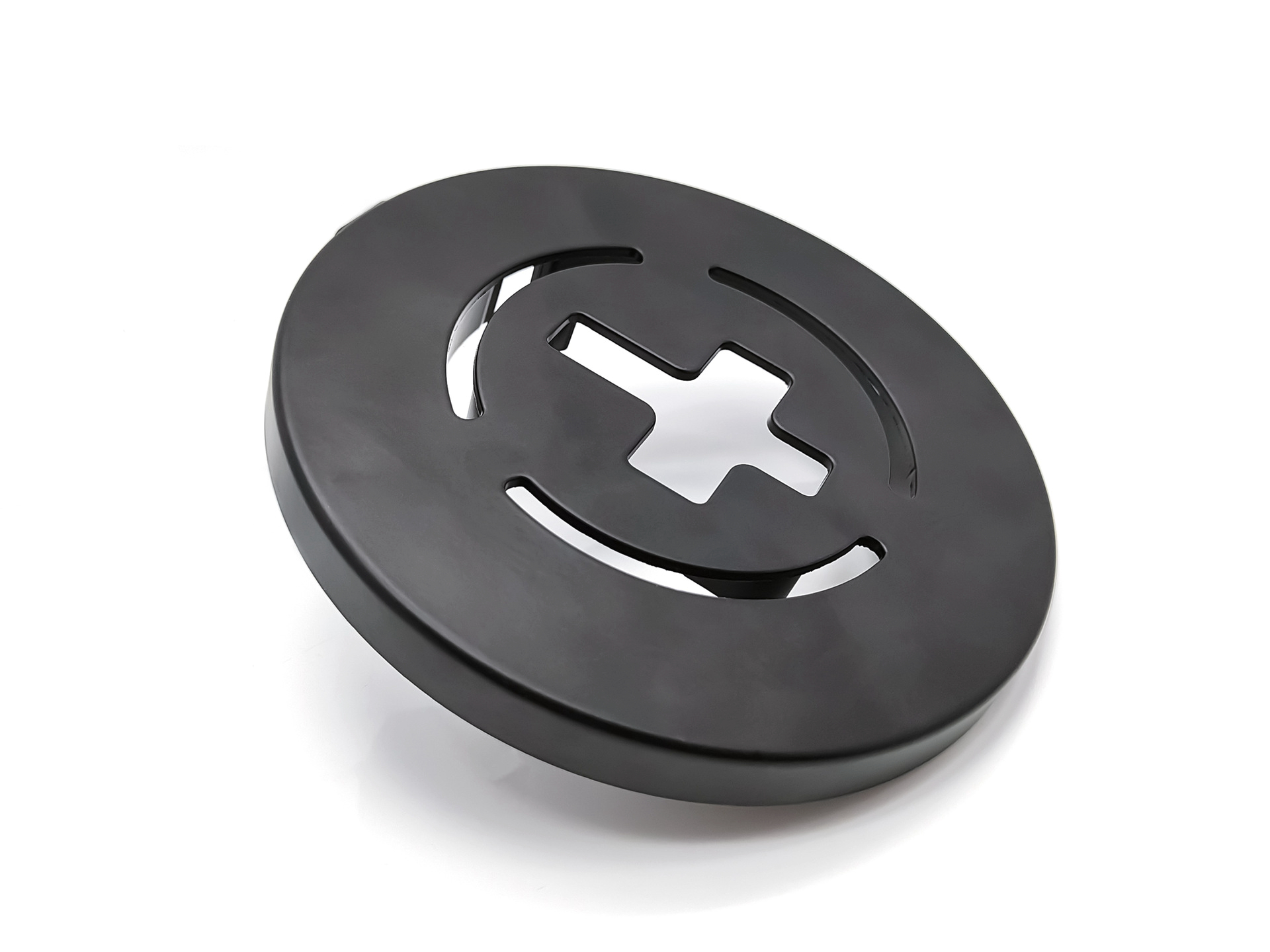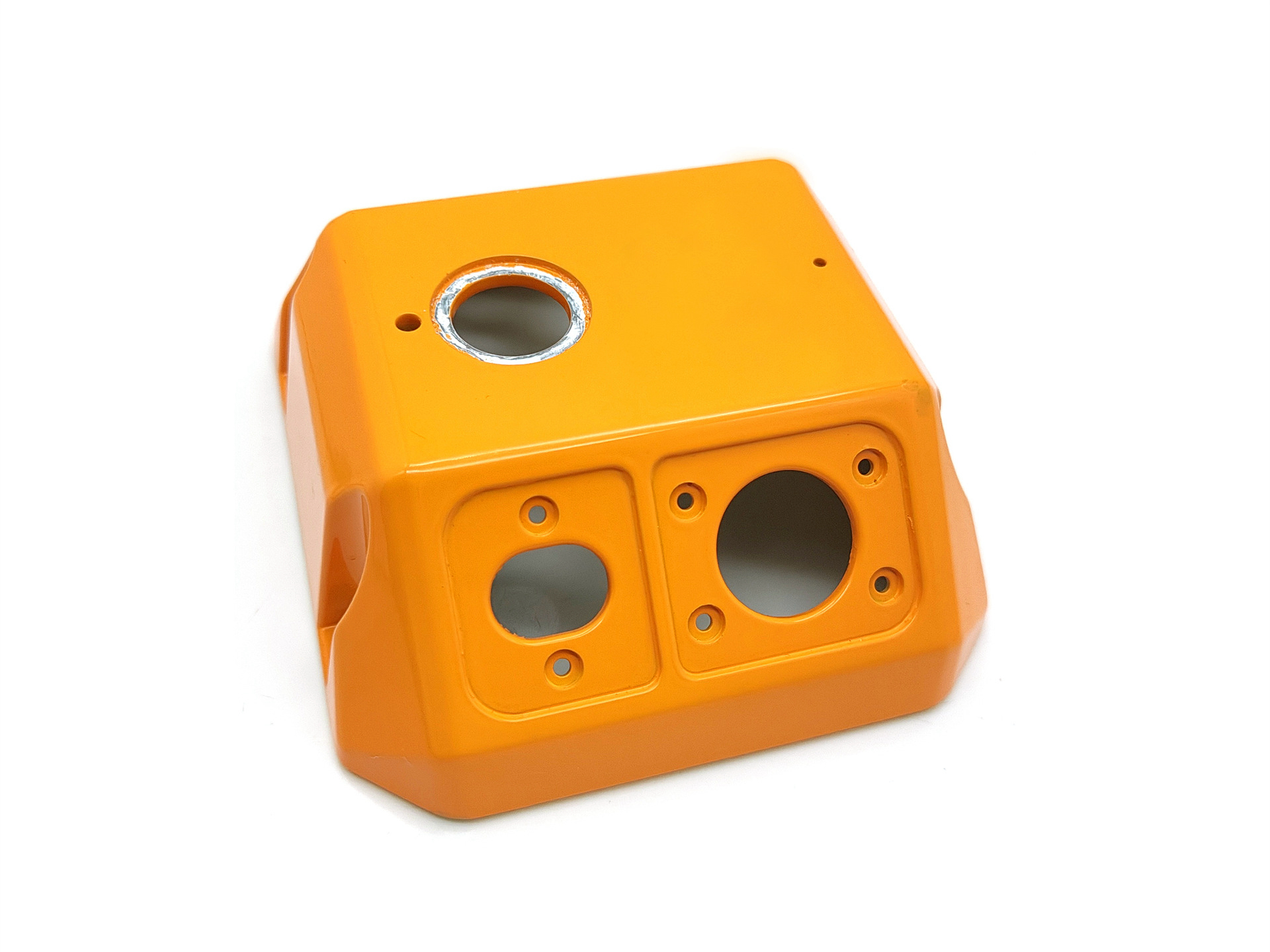How do you ensure dimensional accuracy for high-tolerance components?
Ensuring dimensional accuracy in high-tolerance components is a critical requirement in aerospace, automotive, electronics, and medical manufacturing industries. Components with tight tolerances (typically ±0.01–0.05 mm) must meet stringent geometric specifications without deviation, as even minor dimensional errors can result in performance failures, assembly misalignments, or functional defects.
At Neway, dimensional accuracy is achieved through a systematic approach involving precision tooling, process control, advanced inspection technologies, and adherence to international standards such as ISO 8062, ISO 2768, and ASME Y14.5.
Dimensional Accuracy Defined
Dimensional accuracy refers to the degree to which a part's physical dimensions match its design intent. It encompasses:
Linear dimensions (length, width, height)
Feature positions (hole location, symmetry)
Geometric tolerances (flatness, roundness, parallelism)
Fit and clearance tolerances (e.g., H7/g6 shaft and bore fits)
For die casting, typical as-cast tolerances range from ±0.05 mm to ±0.30 mm depending on alloy, part size, and mold quality. Achieving tighter tolerances often requires secondary operations such as CNC post-machining of die castings.
Key Practices to Achieve High Dimensional Precision
Process Area | Technique/Standard Used | Contribution to Accuracy |
|---|---|---|
Tooling Design | High-precision mold cavities (CNC machined, ±0.005 mm) | Ensures accurate cavity geometry and repeatability |
Mold Temperature Control | Controlled via oil or water circuits (±2 °C tolerance) | Reduces thermal expansion and shrinkage variance |
Alloy Selection | Use of low-shrinkage alloys (e.g., Zamak 5, A380) | Enhances as-cast dimensional stability |
Process Monitoring | Injection speed and pressure tuning | Ensures consistent cavity fill and part compaction |
Post-Machining Operations | CNC milling, turning, drilling (±0.01 mm achievable) | Refines critical dimensions beyond casting capability |
Dimensional Inspection | CMM, optical comparator, laser scanning | Verifies geometry and dimensional conformity |
Tooling Precision and Mold Design
High-tolerance parts begin with precision tooling. Neway uses advanced tool and die making services to manufacture high-precision steel molds. Tool steels such as H13 and P20 are selected for dimensional stability under high-temperature cycling.
Critical features are placed in controlled areas of the mold to minimize deflection or thermal distortion. Proper venting, cooling channels, and draft angles (typically 1–3°) are incorporated to support clean ejection and geometric consistency.
Thermal Management and Shrinkage Control
Shrinkage during solidification is one of the primary causes of dimensional variation in casting. For example:
Aluminum alloys such as A380 have a linear shrinkage of 0.6–0.8%
Zinc alloys like Zamak 5 exhibit shrinkage as low as 0.2–0.3%
Neway employs mold temperature control in die casting processes that regulates heat balance across critical regions to counteract this. Casting simulation software predicts shrinkage and distortion, guiding mold cavity compensation during tool manufacturing.
CNC Post-Machining for Tight Tolerances
Whereas cast precision is insufficient, Neway provides high-accuracy secondary operations. These CNC machining services include:
Face milling or contour milling for flatness (±0.01 mm)
Boring or reaming for hole tolerances (e.g., H7 or IT6 grade)
Turning operations for concentricity and cylindrical control
Machining operations are performed on multi-axis CNC equipment with real-time process monitoring and tool presetting to maintain consistent precision over long production runs.
Inspection and Metrology
Dimensional validation is performed using industry-calibrated metrology tools:
Coordinate Measuring Machines (CMM) for 3D feature mapping
Optical comparators for profiles, radii, and angles
Laser or blue light scanners for non-contact surface comparison
Go/No-Go gauges and height gauges for quick in-line checks
Each production batch includes a quality inspection report and dimensional record, ensuring all tolerance-critical features are documented for traceability.
Standards Compliance
Dimensional tolerances are governed by international standards, which Neway integrates into part and tool design:
ISO 8062-3: Dimensional tolerances for castings
ISO 2768-m or -f: General tolerances for machined components
ASME Y14.5: GD&T (Geometric Dimensioning and Tolerancing) framework
IATF 16949 / ISO 9001: Quality system oversight and traceability
By aligning with these standards, we ensure that parts meet dimensional goals and align with downstream quality and compliance requirements.
Conclusion
Ensuring dimensional accuracy in high-tolerance components requires precision tooling, controlled casting conditions, targeted alloy selection, and advanced inspection methods. At Neway, we implement a robust system from tooling to final QC to deliver components that meet tight tolerances consistently, whether cast to net shape or finished via CNC machining. Our commitment to process control, standards compliance, and engineering collaboration ensures dimensional precision from the first shot to full-scale production.



